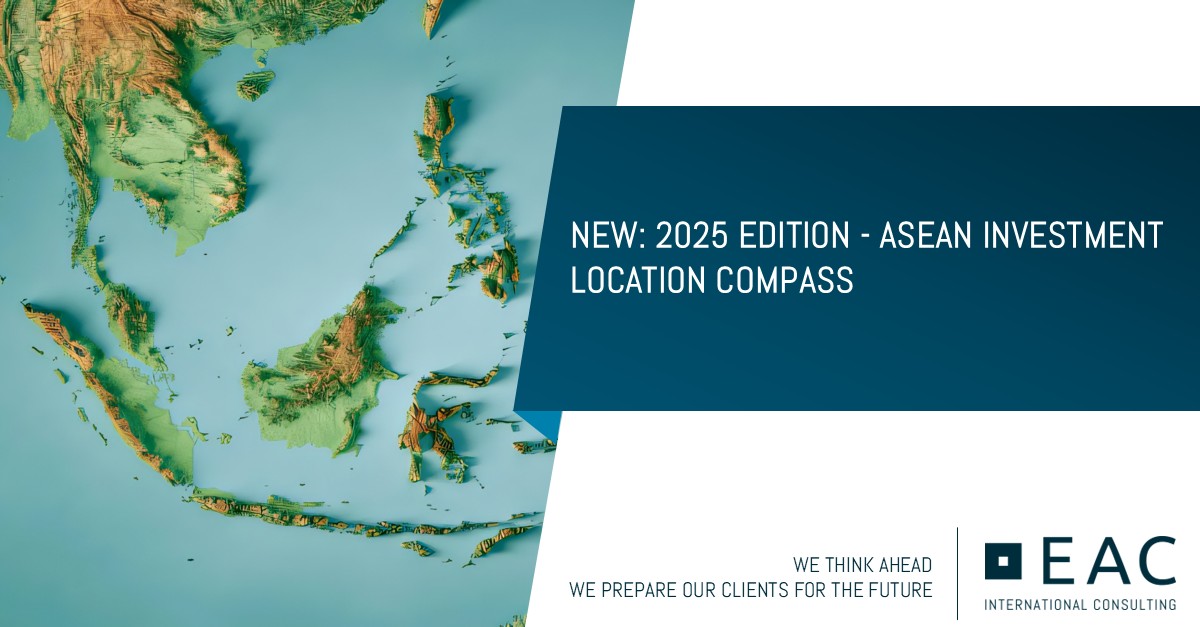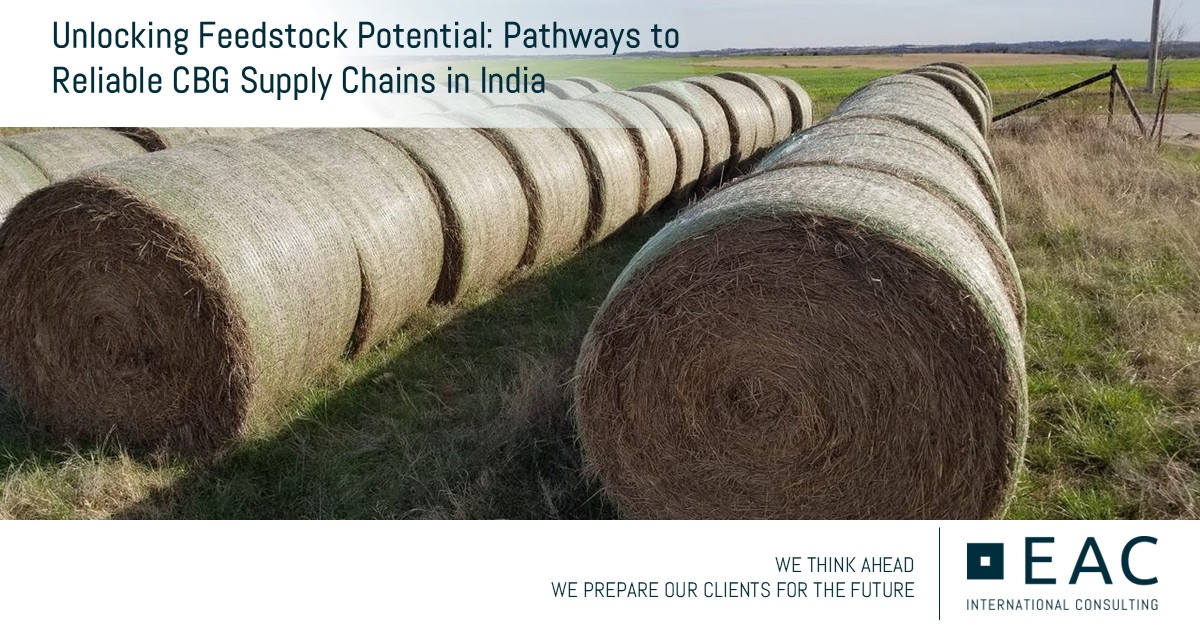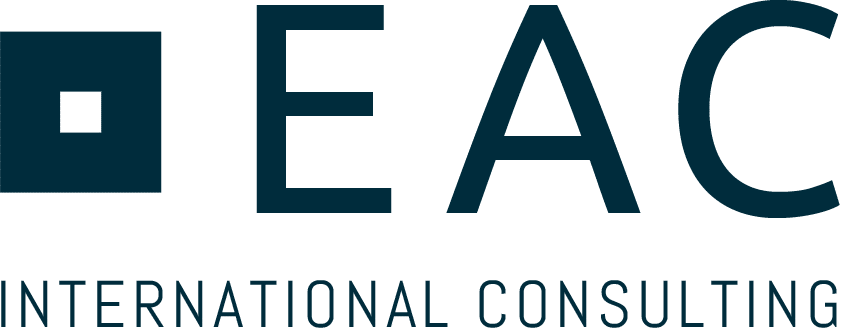NEW: 2025 EDITION - ASEAN INVESTMENT LOCATION COMPASS

To access the full ASEAN Investment Location Compass and gain deeper market insight, please click here.
Southeast Asia’s investment landscape in 2025 is increasingly defined by competitive cost structures, a maturing digital economy, and a highly skilled workforce, drawing interest from global players across sectors. Amidst geopolitical flux such as the resolution of the brief Thai-Cambodia border dispute and the pragmatic navigation of new global tariff regimes, ASEAN’s deft diplomatic engagement has reinforced its reputation for stability and peace, reducing investor concern over regional volatility. The region’s response to the US “reciprocal tariff” environment, as captured in EAC’s latest survey, demonstrates the adaptability and operational agility of companies operating in ASEAN; most respondents remain optimistic, revising footprints and supply chain designs to buffer adverse impacts.
The 2025 economic outlook is optimistic, though tempered with vigilance against external risks. Regional governments are seizing the opportunity to further entrench high growth sectors including electronics, electrical engineering, and automotive components by investing in digital infrastructure, renewable energy, and advanced manufacturing. Notably, the region’s major economies continue to foster green investment and develop world-class connectivity, while advancing high-value industries such as the electric vehicle supply chain and semiconductors. Strengthened regional frameworks like the RCEP reinforce ASEAN’s competitive appeal, creating a formidable platform for intra and interregional trade.
EAC’s regularly updated “ASEAN Localization Probability Index” offers foreign investors vital comparative insights into sector openness and country attractiveness. In 2025, industry focus remains strong in electronics, mechanical engineering, and automotive manufacturing especially in emerging hubs like Thailand and Malaysia, where value chain flexibility and skilled talent pools are driving momentum. The EAC case studies further illustrate the diversity and complexity of investment scenarios, from manufacturing footprint expansions in sanitaryware and electronics, to market entry strategies for electrical and fiber manufacturers. In all instances, a structured approach from long-listing suitable locations through qualitative and quantitative filters to site visits and detailed risk assessments ensures meticulously tailored recommendations aligned to operational, technical, and strategic requirements.
Selecting the optimal ASEAN location demands careful multi-dimensional analysis - evaluating market potential, local regulatory regimes, ease of supply chain integration, incentive structures, workforce composition, and infrastructure readiness. Additional considerations include transparency of demand streams, benchmarking labour and supply chain costs, and peer comparison to derive on-the-ground insights. To this end, EAC’s upcoming intelloTRAK® platform, based on its proven China model, offers a seamless browser based tool to support location selection in Singapore, Vietnam, Thailand, Malaysia, potentially Indonesia and Philippines - intelloTRAK® delivers tailored location matches, deep infrastructure intelligence, cost simulations, and an objective, data-driven selection process to ensure companies achieve optimal strategic positioning within Southeast Asia’s dynamic market environment.
Latest
Unlocking Feedstock Potential: Pathways to Reliable CBG Supply Chains in India

China’s October 2025 Export Controls: Strategic Implications for Global Industries

India’s Manufacturing Moment: Why Assembly Is Not a Weak Start

The Johor-Singapore Special Economic Zone: Where Strategic Vision Meets Market Reality


